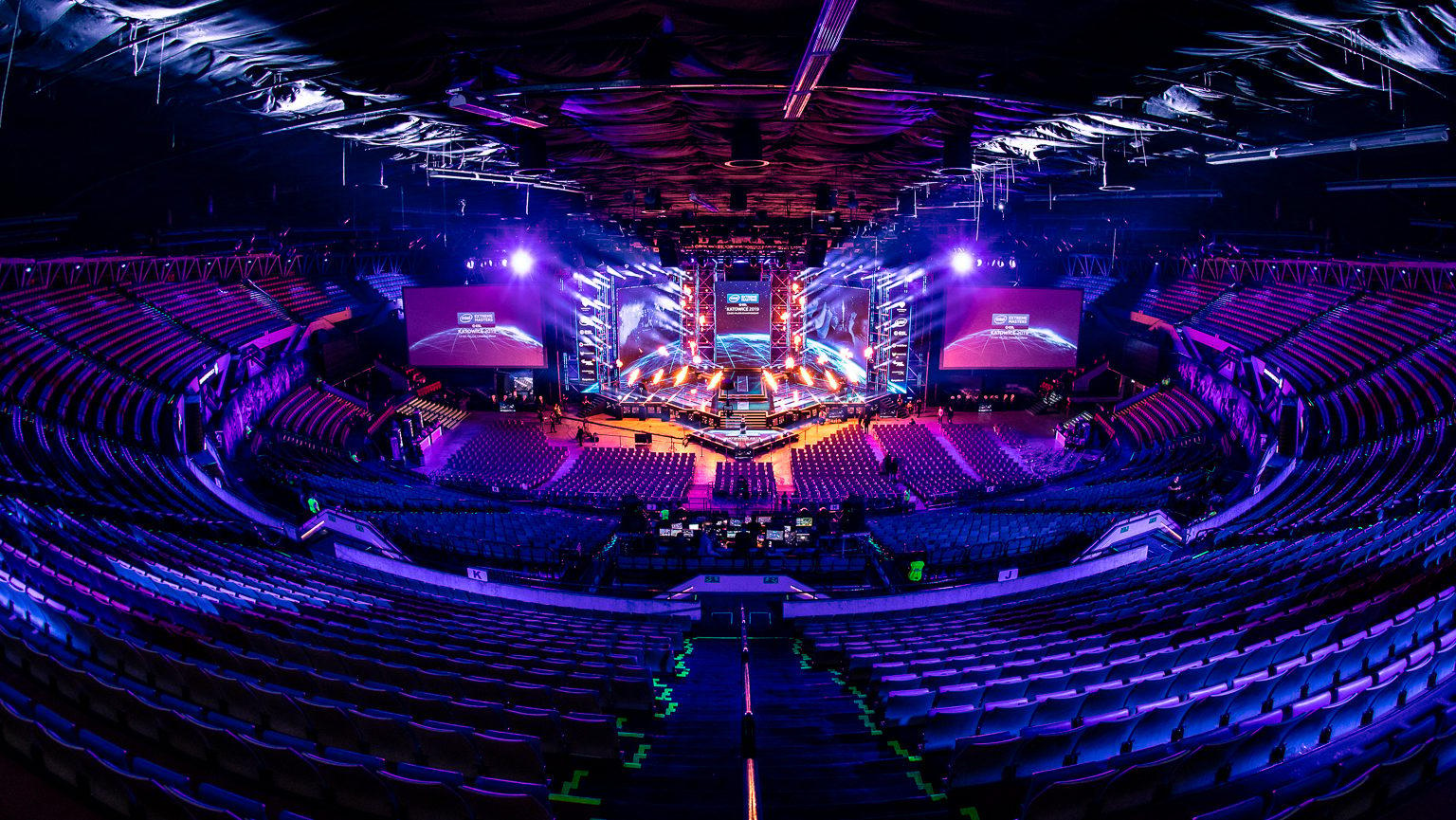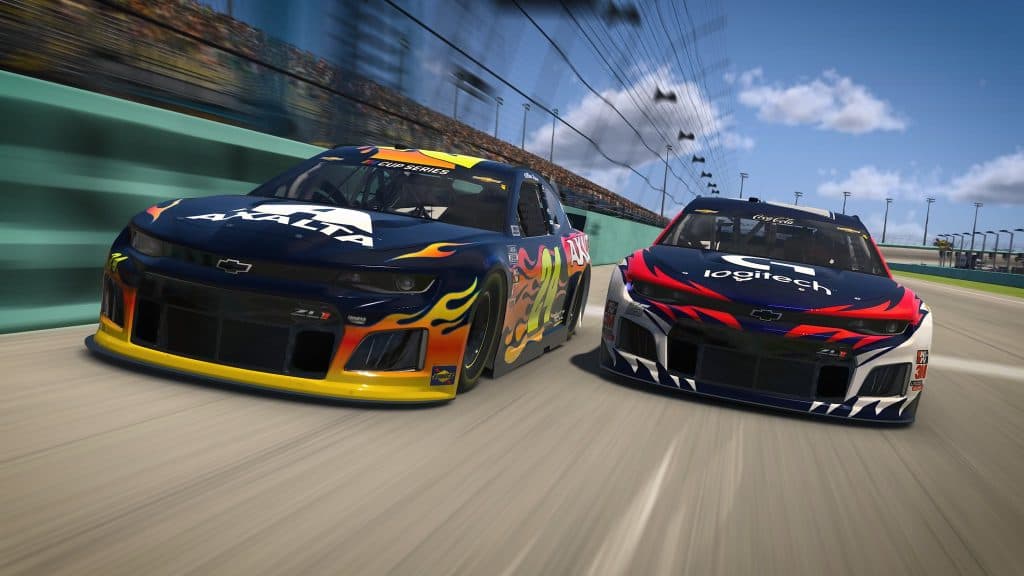Adam Fitch: 2020’s true impact on the esports industry
 ESL
ESLNobody could have predicted that 2020 would have taken the turn that it did, and that’s especially true in esports. Many events were pre-planned and expected to take place as usual, but travel and hosting restrictions meant we collectively had to pivot to continue the primary purpose of the craft — entertaining fans.
Many video games are built with online play at the top of mind but 2020 has proven that in-person competition and spectating is where esports comes to life. The cheers and boos of thousands of people, all connected in the moment through their passion for the game being played, creates an atmosphere that transforms gaming from a hobby to a celebration of excellence. It was taken for granted until it was taken away from us.
Most, if not all, industries were affected by the global health situation but esports — and gaming at large — also had a moment in the spotlight due to the absence of sports. The robust nature of the industry due to its online capabilities meant the show could go on, but I want to make it clear that we weren’t able to present the best version of what has been created over the past two decades.
The situation meant that we naturally grasped on to any signs of positivity that we could find but I believe this meant some people have overblown the great aspects of the esports’ temporary rise to prominence. It doesn’t mean that esports benefitted in 2020 because the BBC picked up Rocket League and ESPN broadcast sim racing for weeks.
Esports’ shortcomings amplified
 ESL
ESLEsports was shown on national television networks, more eyeballs were on gaming than perhaps ever before, but the unique elements of this year simply amplified the good and bad of esports. Partly due to the nascent, untrodden status of esports and partly because of inexperience and incompetence, it’s hard for many companies in esports to make a profit. Raising venture capital looks attractive and signals a level of success but this is not revenue. Companies aren’t necessarily healthy because investors are betting on them. It’s important to know this.
- Read More: Chaos EC confirm CSGO exit
If tournament organizers are burning hundreds of thousands of dollars hosting events with thousands of fans in attendance, many of which buy confectionaries and merchandise and interact with sponsor activities, then imagine the level of loss that’s possible when paying consumers are taken out of the equation. If teams can’t make money despite earning millions in prize winnings and promoting brands, something more needs to be done to monetize their collective audience; this requires a lot of innovative thinking and has been limited to online activities. We’ve started to see this materialize through fan engagement programs but it simply hasn’t been all sunshine and rainbows for those that comprise esports.
Team brands specifically rely too heavily on sponsors and partners. We knew it already but having concrete evidence may just help convince any remaining doubters. Just look at Chaos’ departure from Counter-Strike and their reasoning for it:
“As the year continued it became clear that in-person entertainment was not going to be viable and esports events and tournaments were going to experience massive change,” their official announcement read. “This would have far reaching impacts throughout the ecosystem, particularly on sponsor value, removing a large portion of revenue that esports teams need to stay competitive and effectively support their players.”
 Cloud9
Cloud9Without brands paying to advertise through organizations, it’s nigh-on impossible to house teams in several games. They’re simply not in a conducive state when it comes to profit outside of a select few companies that are excelling when compared to their competition.
There’s also an argument that ‘too much of a good thing’ is real in esports. Let’s look at CS:GO again for this point as it’s a great example, sadly. With ESL, Flashpoint, and BLAST all vying to stand out in a crowded scene in an attempt to capture the market, there was viewing fatigue. We saw the same teams competing against each other on what felt like a weekly basis, with teams being separated by region and having to face off against each other regularly in the numerous events that took place. It’s hard to care about a match when you know you’ll see the two teams play again in a few days — it feels inconsequential.
There are plenty of areas of the industry that require growth for success to be possible, but you get the point. 2020, to me, amplified many of these aspects.
Magnifying the good
With that said, though, it’s not been all doom and gloom. The good aspects of esports were also magnified in 2020. It’s a robust industry that can continue to operate under challenging circumstances, albeit at a limited capacity. It’s a vessel of entertainment for millions, providing a level of escapism for enthralled viewers and giving something for people to get excited about.
- Read More: BBC creating LEC documentary following EXCEL
Whether it’s needed or not for esports to be a success, it was embraced by mainstream figures — mainly athletes — more than ever throughout this year, claiming a stage many may believe it deserves. While this trend didn’t sustain as the year went on, who knows how this will progress in the future?
 eNASCAR
eNASCARI’m grateful that it was proven to more people that esports doesn’t need sports. It can stand on its own. In fact, based on what we saw in 2020, there’s a case to be made that sports are more reliant on us. We already have a young demographic with expendable income; the very audience that all entertainment sectors, including sports, desperately wants to capture.
If they want to tap into our fan base, they need to approach gaming and esports in an authentic manner and play by our rules. This indeed benefits us, and it shows just how pivotable esports may become in the future as it continues to grow and command acceptance.
Being realistic
I’m not aiming to dissect our industry or expose all of its underdeveloped areas. Instead, I want to make sure we’re level-headed with our assessment of how 2020 was. It’s great to be positive but some people are simply focusing on the mainstream attention we received and the viewership we amassed, neglecting to equally highlight where things can be improved.
With companies folding and people losing jobs, it’s difficult to see people heralding esports as indestructible. Think about photographers, interviewers, events support staff, and the dozens of other professions that are based heavily on in-person happenings. To pretend they don’t exist, or at least weren’t affected, is irresponsible and perhaps even reprehensible.
We’re now in 2021 and we still don’t know when we can operate as normal once more. Times will still be tough for many. We owe it to not only those impacted but ourselves and our peers to be honest about esports’ current state and how we can make it even better in the future. Only with honesty and accountability can we address problems and improve upon them.
I don’t know how things will develop but I do know that esports is an industry made up of many great people and it’s thanks to all of them that things kept ticking in 2020. I sincerely hope that we can take small steps forward towards a more sustainable space in 2021 and beyond.



